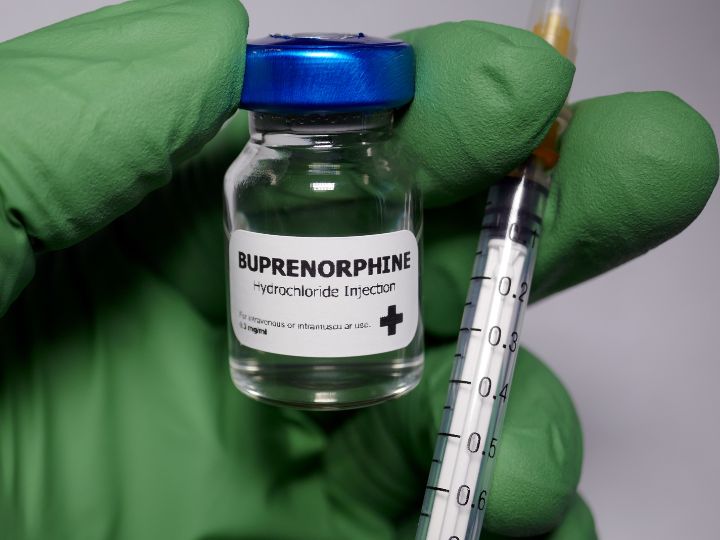In the fatal world of opioid use disorder (OUD), pharmacotherapy, or using a prescribed medication to treat drug dependence, has emerged as the gold standard of treatment. Among the trio of FDA-approved medications to treat OUD, buprenorphine is the newest highly effective drug that can suppress and reduce cravings for opioids.

It is also the first medication that physicians can prescribe without requiring a special waiver from the DEA, enabling outpatient use and substantially increasing treatment accessibility.
Despite its widespread usage, with 1 million buprenorphine prescriptions filled in 2018, it is not without side effects. When taken sublingually (under the tongue), buprenorphine has been linked to dental health problems. While the exposure of oral fluids to opioid analogs is well-known, this lesser-known side effect has recently raised serious concerns.
“In January of 2022, the U.S. Food and Drug Administration issued a warning, emphasizing that the use of sublingual buprenorphine formulations is linked to serious dental health problems,” said Ming Hu, Diana S-L. Chow Endowed Professor of Drug Discovery and Development, at the UH College of Pharmacy. Hu and his team have secured $1.4 million from the National Institute of Dental & Craniofacial Research to address this serious side effect.

Hu is optimistic that his team can unravel the reasons behind excessive saliva exposure to buprenorphine following sublingual use. By gaining a comprehensive understanding behind excessive oral exposure to buprenorphine, the team’s goal will be to develop a countermeasure that addresses the dental health problems associated with the use of oral buprenorphine formulations.
“It poses a significant concern for individuals with opioid use disorder as the available pharmacotherapy options for this population are very limited,” said Hu.
Hu’s team is comprised of multiple-PI for this grant, Dr. Bing-Yang Wang, UTHealth Houston School of Dentistry; and from the UH College of Pharmacy, Rashim Singh in the Department of Pharmaceutical and Pharmacological Sciences and Douglas Thornton, director of the PREMIER Center.